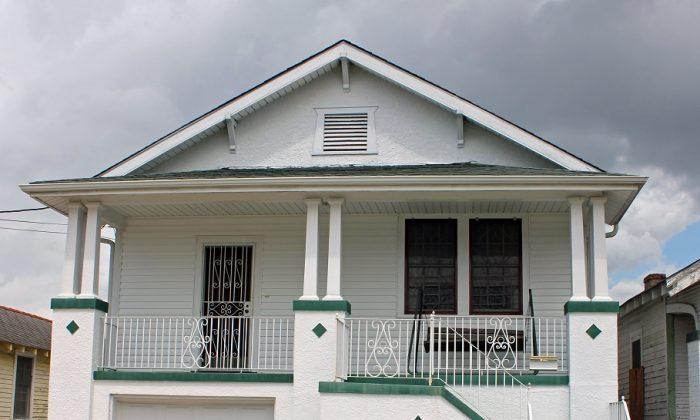NEW YORK—The retirement age for state workers is going up and the percentage they have to pay into their pensions is rising based on reform passed by Albany on Thursday.
For the second time this year, Gov. Andrew Cuomo and state lawmakers worked through the night to pass key state legislative reform, including a new pension reform bill for state public employees.
A contributing factor for the pension reform has been the recent increase in what is owed by local municipalities. In 2002, local governments only owed $1.4 billion, but this year that number grew to $12.2 billion, according to Gov. Cuomo. With city budget is already tight, the only options left to local governments to pay their pension bills was raising taxes, cutting services, or reform. Lawmakers chose reform.
“This bold and transformational pension reform plan is a historic win for New York taxpayers and municipalities that will save more than $80 billion over the next 30 years, while preserving retirement security for public workers,” Cuomo said in a statement.
Employees who currently have pension plans cannot be affected by the changes, as it is against the Employee Retirement Income Security Act of 1974. The new legislation will only affect those hired after April 1, 2012.
Another area of concern among observers was the bill’s immediate impact for a bill rushed through in an all-night session. “It has no immediate budget impact on either the state or local governments in New York,” James Parrott, department director and chief economist for Fiscal Policy Institute (FPI) said.
Parrott continued, “There is nothing [in the new plan] about the losses the pension funds suffered during the financial crash in 2008 as the main reason for the increased employer contributions at this point, nor is there anything about what should be done to address that situation.”
E.J. McMahon of the Empire Center for New York State Policy wrote an Op-Ed piece for Newsday in January on the effects the market had on pensions. He noted the bull markets of the 1990s allowed for greater pension benefits, but the story has been different since 2000.
Returns varied from 29 percent gains in 2004 to 26 percent losses in 2009 with an average of less than 5 percent earnings, he wrote. The state pension fund assumed it would earn annual returns of 8 percent, according to McMahon.
State Comptroller Thomas DiNapoli, who feels the Tier VI plan will reduce pension costs for new employees, was also not convinced of its immediate impact.
“This new tier will not significantly lower costs for local governments in the short run.” DiNapoli said. “There is no quick fix to addressing rising pension contribution rates driven by the financial market meltdown in 2008–09. Despite strong investment returns and two new pension tiers in less than three years, these rates will likely continue to increase in the near future.”
Carol Kellermann, of the Citizens Budget Commission, which is a nonpartisan organization that aims to achieve constructive changes in services in New York, said that there is no short-term solution. “This is not a short-term problem. It is going to take a long time to dig out from it.”
“Everything that is important to do does not help immediately,” she continued. “That is the reason we got into this problem. People said, ‘Oh, the cost will be later. We don’t have to worry about it.’ Well later has come.”
The Tier VI pension reforms were included in a legislative package with four other items including redistricting.





Friends Read Free